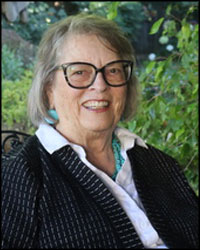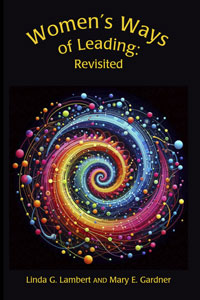Uncategorized
« Older Entries Newer Entries »I’m Excited about Tomorrow! Why?
Tuesday, July 22nd, 2014
As I’ve mentioned in the Countdown, The Cairo Codex e-book goes on sale tomorrow for $1.99. What makes it really special is that the first 3 chapters of the sequel in this trilogy, The Italian Letters, are attached. Here is what the new books is about:
The Italian Letters, the second novel in Linda Lambert’s Justine Trilogy, lies in the sensuous curvature of ancient and present day Italy. The sequel to The Cairo Codex, this novel follows the life of anthropologist Dr. Justine Jenner after she is expelled from Egypt in the wake of discovering and making public a controversial codex, the diary of the Virgin Mary. Exiled into Tuscany, Jenner finds herself embroiled in three interwoven stories of discovery: the long-lost letters from D.H. Lawrence to her great-grandmother, Isabella; an Etruscan tomb revealing the origin and migration of an ancient people predating Rome; and the genealogy of the Virgin Mary and Jesus. While shaken by the frank revelations in Lawrence’s letters and the intimate relationship between the primeval Etruscans and Jesus’ mother, Justine must confront her own sexuality and yearning for personal freedom. The Italian Letters is riveted with literary, religious and archeological history and international politics, each narrative magnifying and altering the meaning of the others.
Fun, huh?
Posted in Uncategorized | No Comments » | Leave a Comment



 Mary Gardner, a retired educator, has dedicated much of her life to learning and leading. She was a teacher, administrator, researcher, and continues to be a writer, mentor and consultant. She and Linda are known for their original work in reframing leadership. Their latest book is Women’s Ways of Leading: Revisited.
Mary Gardner, a retired educator, has dedicated much of her life to learning and leading. She was a teacher, administrator, researcher, and continues to be a writer, mentor and consultant. She and Linda are known for their original work in reframing leadership. Their latest book is Women’s Ways of Leading: Revisited.